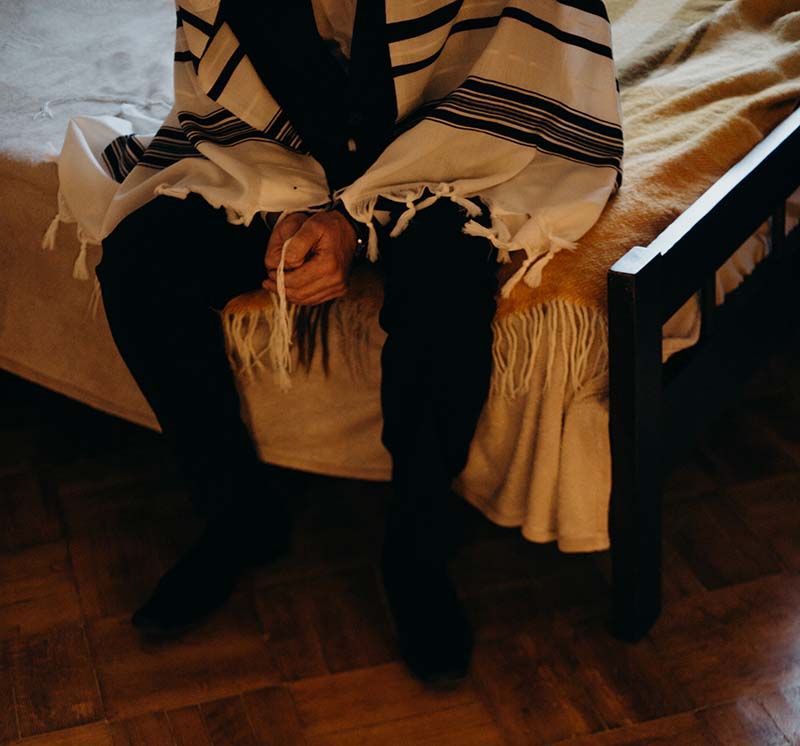In the depth of winter I finally learned that there was in me an invincible summer.
– Albert Camus
Walt, a 34-year-old accountant, was sheltering in place in accordance with governmental directives as a result of the Coronavirus outbreak. He was ostensibly safe. But it felt as if the walls were closing in on him; he knew that he would experience a distressing level of anxiety—and he did. He started having thoughts such as, “What if I get sick? What if no one can find me? What can I do so I won’t go crazy? It’s so hard for me to control my anxiety. I feel like a wreck. I don’t know how to be happy. I’m alone. I need a drink.”
When people have an anxiety disorder, they are often more afraid of the alarm than the fire, and all their efforts are spent putting out the alarm. In the case of Covid-19, our clients are dealing with a real fire. So their anxiety, for the most part, is warranted, though not necessarily useful in terms of its strength. They are dealing with an identifiable risk, with widespread consequences. And with current guidelines requiring social distancing, they may feel deprived of a crucial resource: human contact. Still, the following queries may be useful:
- “What is the risk? Am I maximizing it, exaggerating it?”
- “What are my resources? Am I minimizing my ability to prevent or deal with the consequences of the risk?”
- “Am I afraid of the anxiety itself? How can I practice accepting and using anxiety constructively?”

We can distinguish between productive and unproductive anxiety. Productive anxiety is anxiety about a realistic threat. We use it to garner resources, to problem solve, and to weigh the costs and benefits of the options before us. Unproductive anxiety is anxiety about anxiety. In accepting, mindfully watching, and using anxiety, we work to eliminate the unproductive anxiety, so we can effectively use anxiety more productively.
If there is no fear of fear, and no destructive habits, I’d focus on goal setting, problem solving, and following guidelines from the Center for Disease Control. In therapy, I ask clients a variety of questions: “What would you like to see happen as a result of coming to treatment? Right now, what can you do that’s constructive? What are your options? What are the advantages and disadvantages of each option? Do the advantages outweigh the disadvantages? Are they about equal? Or do the disadvantages outweigh the advantages? What’s your best option?”
For Walt, the worst option, the worst temptation, was drinking. And the current circumstances of social distancing heightened the risk factors. Alcohol was a way to beat back boredom, to avoid anxiety, to ignore the experience of isolation, to engage in self-centered self-care. “I’m alone. I’m not hurting anybody; there’s nobody to hurt. This is something for myself; something for me.”
But current circumstances warrant greater connection, not less. Alcohol could certainly distract him from the uncertainty of current circumstances, but this was an illusion of certainty. And isolation and self-absorption took him further away from what was truly valuable and meaningful in his life. To reveal that, we focused on where alcohol use would lead: “It’s destruction and pain. I’m not living a true, authentic, honest, loving life.”
What makes such an authentic life? Often, negative consequences point to positive values. I asked: “What’s the opposite of destruction?” Walt replied, “Growth.” I asked: “What’s the opposite of pain? You drank for pleasure, but it led to pain. What’s the opposite of such pain?” He replied, “Love, reconciliation, clarity.”
I helped Walt list more benefits of living an authentic, honest life: “I can build trust and connection. I can maintain my reputation. I can have some clarity in my life.”
His values were apparent: Clarity and trust. Authenticity and honesty. Growth and reputation. Connection, love, and reconciliation.
Now, he had choices:
- To focus on the uncertainty of what was to come, or the certainty of what he can do now;
- To regard himself as helpless or to recognize evidence of his capabilities;
- To avoid and withdraw or to extend himself lovingly to others.
Now, he can organize his life, creating a schedule, fostering predictability, focusing on what is realistic, achievable and productive. He can engage in authentic self-care and self-compassion, staying physically active indoors, getting back into his yoga practice, getting back into playing guitar. And he can focus away from himself and towards others, calling old friends, calling and checking up on his parents and grandparents, considering ways to be of assistance to his neighbors. The anxiety is still present, but it’s not a catalyst to destruction and pain. It’s a call to action, to embrace what is true and honest and valuable in his life.